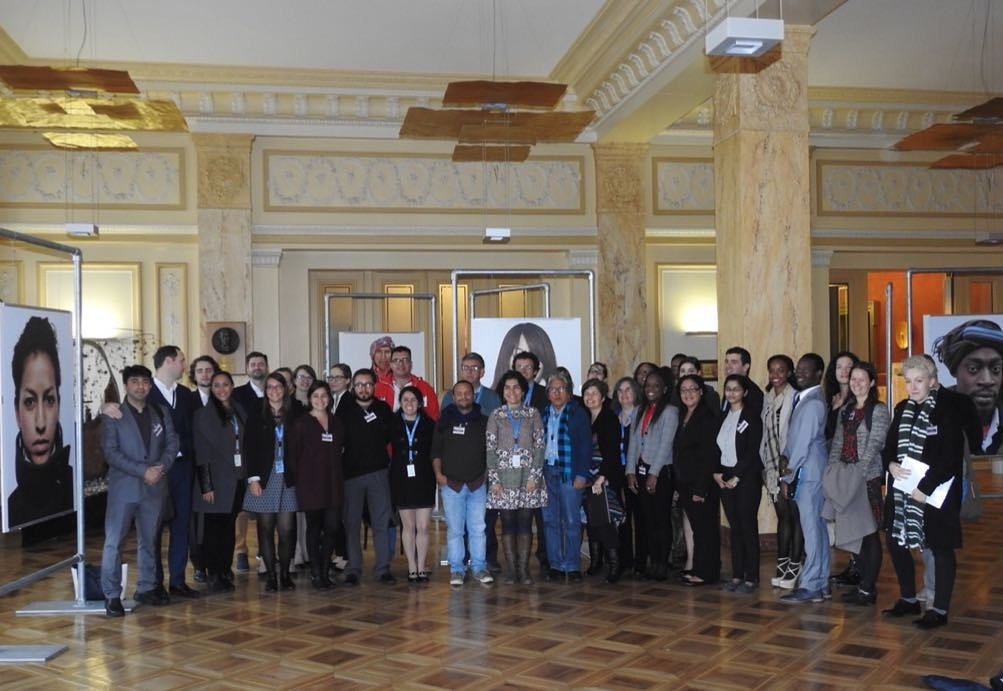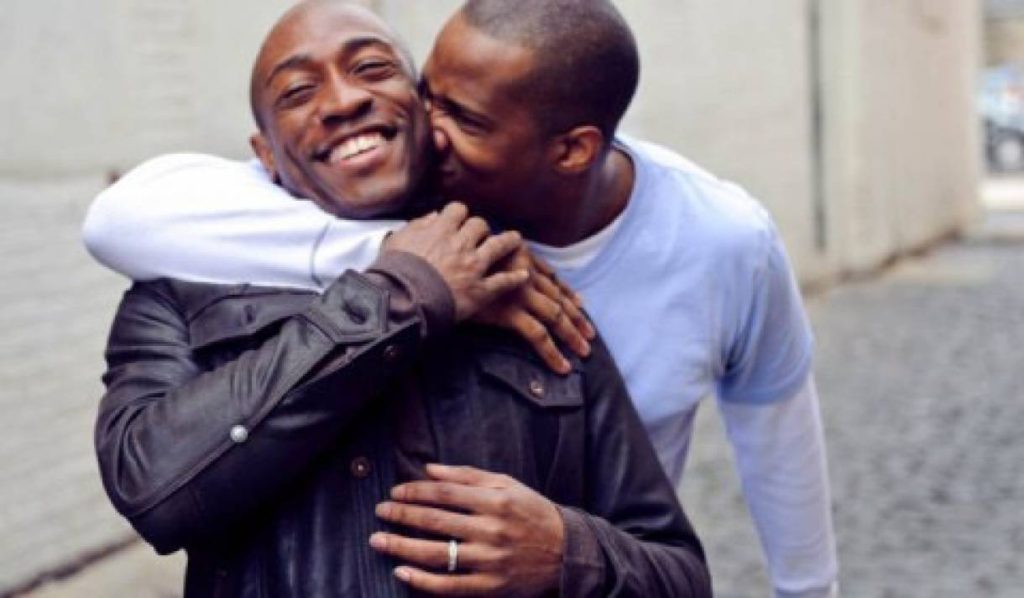MEXICO CITY — Growing up in Jamaica’s Montego Bay, Glenroy enjoyed an idyllic childhood – until his family discovered he was gay.
They physically attacked him and threw him out of the house, triggering an ordeal that would last more than two years and eventually force him to seek refuge thousands of miles away in Argentina.
“At that time, every day one of my friends was dying or suffering discrimination and stigma and violence and abuse and attacks and all that stuff,” said the 23-year-old, whose name the Thomson Reuters Foundation has changed to protect him.
“So that’s what forced me to leave my country. I couldn’t live a life there.”
Argentina might seem like an unlikely destination. But as Latin America advances on gay and transgender rights, the region is becoming an increasingly popular refugee destination.
Glenroy made his escape with the help of Rainbow Railroad, a Canadian organization that helps LGBT+ people escape danger in their home countries and find safety elsewhere.
They work with FALGBT, an Argentine rights group that helps with LGBT+ asylum seekers.
“It’s become like a waterfall,” said Mariano Ruiz, secretary of international relations at FALGBT. “Over the years, we’ve received more requests every time [compared to the previous year].”
No official data is available on LGBT+ refugees in Argentina, but Ruiz said the number of asylum inquiries to his organization had increased fourfold in the past two years.
Like a number of countries in Latin America, the country offers legal protections including same-sex marriage and recognition of gender identity.
People from countries with anti-gay laws such as Jamaica and Russia do not need visas for Argentina.
They can enter the country as tourists and then apply for refugee status, rather than going through the lengthy process of applying to enter more traditional refugee destinations such as the United States or Canada.
“That process can take up to three or four years, and in many cases, people need to escape now, because their lives are in danger,” said Ruiz.
‘FREEDOM AND HAPPINESS’
Neighboring Brazil, which granted asylum on the basis of sexual orientation to a gay couple for the first time in 2002, has also become popular among LGBT+ people fleeing persecution.
The United Nations refugee agency UNHCR said the country received 135 requests for asylum based on sexual orientation or gender identity in 2015, up from just two in 2010.
Between 2010 and 2016, most such claims were from West African nations including Nigeria, Cameroon and Ghana, it said.
The figures remain small compared with the United States, which grants refugee status to an estimated 1,250 LGBT+ asylum seekers each year, according to advocacy group Heartland Alliance.
But experts say Brazil and Argentina offer potential, particularly as the United States cracks down on inward migration.
“Brazil has the capacity to receive LGBT people as refugees, and to begin to understand that process, the dynamics of people’s sexuality,” said local activist Bruno Santos.
“But within this assurance, we must first create public policy for refugees as well,” added Santos, who founded Casa Miga, Brazil’s first shelter for gay and trans refugees, in the northern city of Manaus.
Along with Mexico and Uruguay, both Argentina and Brazil have officially recognized gender identity and sexual orientation as grounds to seek asylum.
They were also among 28 nations in the region to adopt the UNHCR’s 2014 Brazil Declaration, which highlights gay and trans migrants as particularly vulnerable.
Brian, 26, arrived in Argentina in March 2017 after fleeing his native Ghana with help from Rainbow Railroad.
“I left because I felt it was the only way to freedom and happiness,” said Barry, whose name has also been changed. “I came to Argentina because it’s one of the few countries that have gay rights.
“It was a difficult journey, but I felt happy when I arrived. My favorite part of living here is being able to finally live a free lifestyle.”
CHALLENGES
Yet many gay and trans migrants have come to realize that better legal protection does not automatically mean public acceptance. Despite progress in recent years, Brazil remains a dangerous place for LGBT+ people.
Grupo Gay de Bahia, a monitoring group, said 445 gay and trans people had been killed in the country last year alone.
“We have a predominance of homophobia, of people who are simply homophobic, racist and discriminatory, so it’s a big fight for us,” said Santos.
Gay and trans people are less likely to face violence in Argentina, but refugees must still confront the practicalities of moving to a totally new culture. A 2017 report from UNHCR warned integration of refugees remained “a major challenge”.
Glenroy, the Jamaican refugee, spoke no Spanish when he arrived in Buenos Aires, and has struggled to find a steady job.
“I’m learning the language,” he said via messaging service Whatsapp. “But the economic crisis is out of control. I can hardly purchase anything these days.”
Despite the financial and cultural challenges, he is happy to have finally found safety.
“Life is ok,” he said. “It’s not perfect how I want it, but I’m getting there. I want to push myself to achieve what I really want to achieve.”




